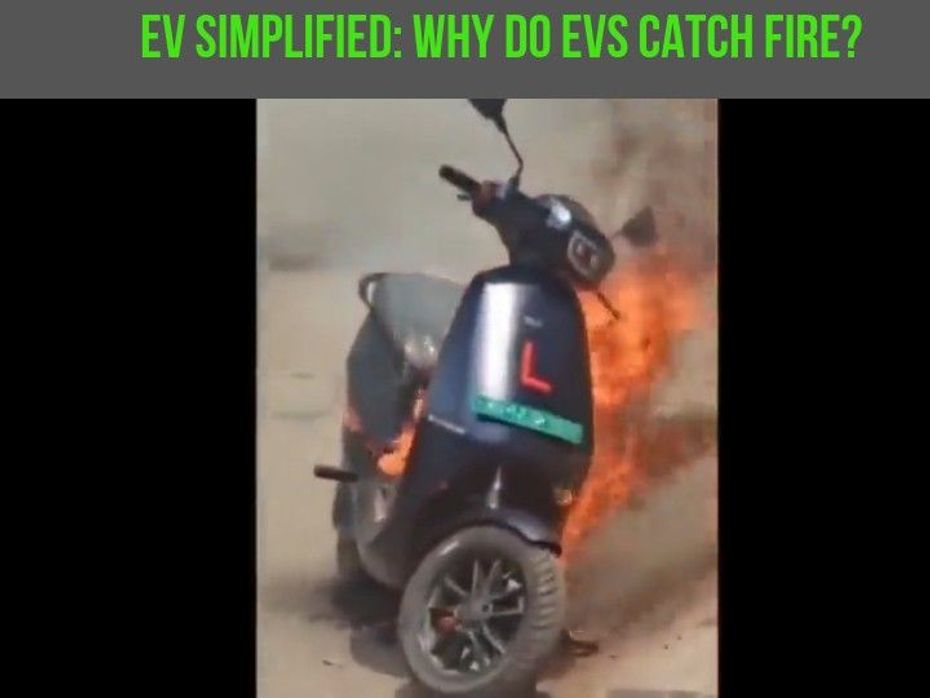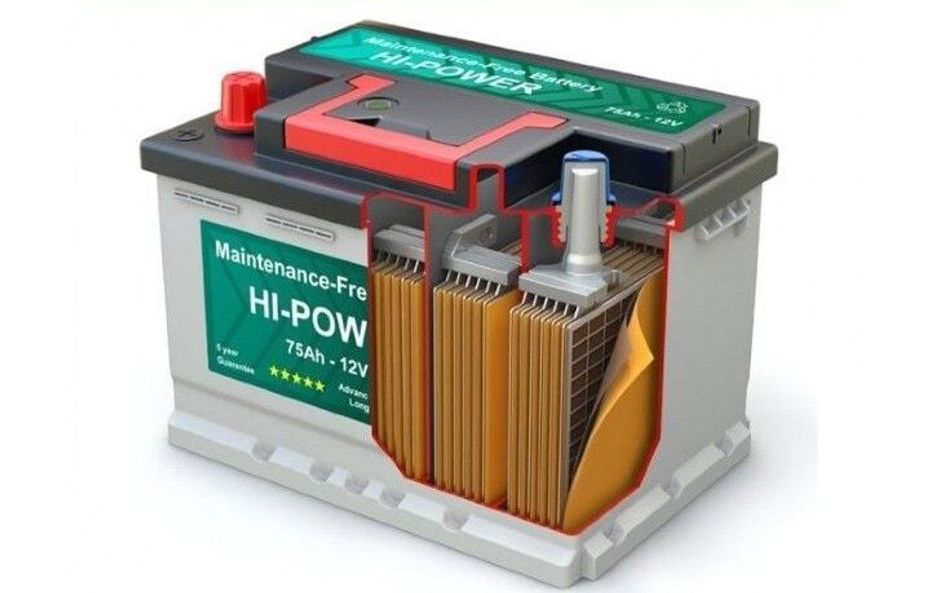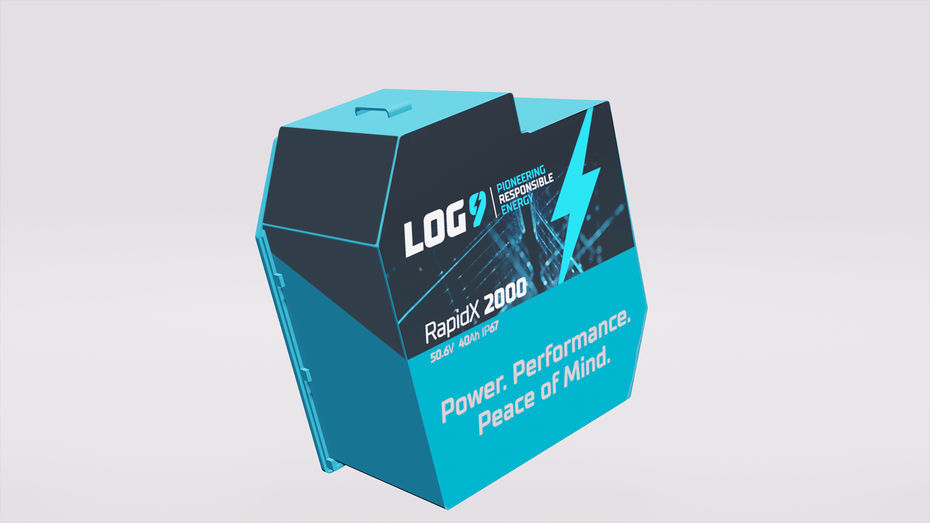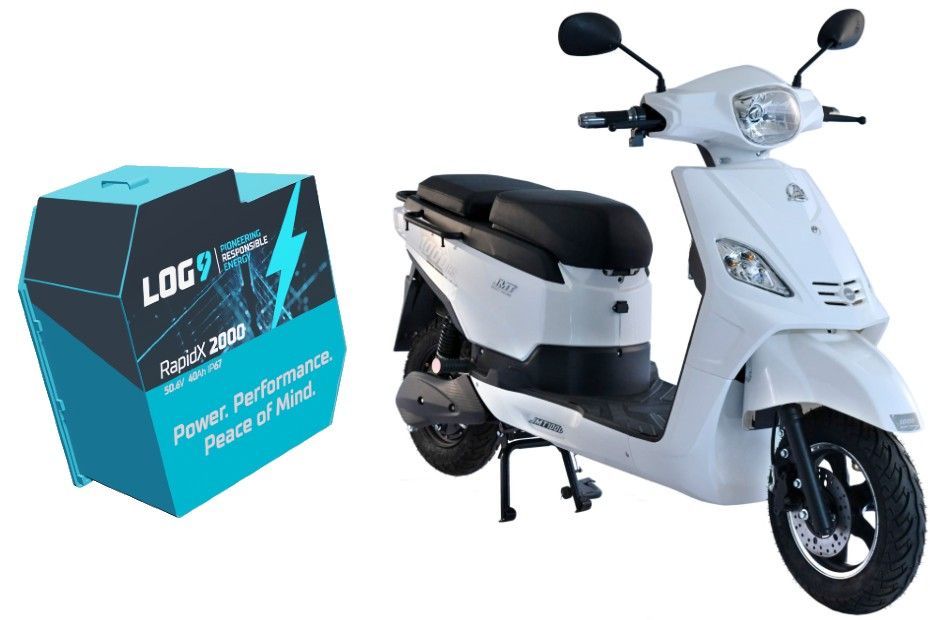
You Can Purchase Your Ola S1 Pro Soon
- May 19, 2022
- Views : 5142


The internet is abuzz with videos of Ola Electric S1 Pro and a couple of Pure EV e-scooters catching fire in separate incidents. This is alarming especially given the apprehension around purchasing a new EV. So, let’s clear the air around what usually causes these incidents, how you can take measures to prevent such scenarios and if there’s a fix for this.
Thermal Runaway – that’s what caused the electric scooter to spew clouds of smoke and catch fire. And before we blame EVs and battery constructions, one needs to know ICE vehicles, diesel engines specifically too, are susceptible to thermal runaways. Though with more technological advancements and quality improvements, such scenarios are rare.
What Causes Thermal Runaway?
Thermal runaway can be triggered by a few things like a mechanical or thermal failure, electro-chemical abuse (over-charging or in some case over discharging) as well as internal short circuits. Now, shouldn’t the BMS (Battery Management System) tackle that? Afterall, that’s one of its duties.

Well, things aren’t that simple. While the BMS’ job is to maintain the ideal operating temperature, it cannot really help if a cell reaches the point of thermal runaway. This exothermic decomposition reaction leads to rapid rise in temperature and until the cell loses stability, and all the remaining thermal as well as electrochemical energy is released into the surrounding, it cannot be stopped.
Here’s a look at how a cell could enter thermal runway:
Stage 1: Battery Failure
An electrical short circuit, mechanical abuse or thermal issue damages the battery, which cause the cell(s) pressure and temperature to increase rapidly.
Stage 2: Off-gas Generation
Here’s where the chemical reaction inside the cells starts and results in flammable gases. There are sophisticated tech can detect and stop further damage at this point, but more on that later.
Stage 3: Thermal Runaway
At this stage, the temperature rises several hundred degrees in seconds, and causes catastrophic failure.
Stage 4: Fire/Explosion
Battery packs are designed to maximise energy storage density, and in an event of thermal runaway this is exactly what works against it. As temperature rises, it easily passes to other cells, ultimately resulting in fire or even explosion.
Can Thermal Runaways Be Prevented?
At the moment, thermal runaways are tackled using huge amounts of water, but it isn't the most efficient method. Using foam or powder-based fire extinguishers are of little help since this fire doesn’t require oxygen, but is a result of a chemical reaction.

That said, there are ways to prevent such scenarios. Lithium-ion batteries already use complex battery management systems to keep them functioning optimally. Sensors deployed in the battery pack and outside to monitor battery and ambient temperature can detect a possible thermal runaway during off-gas generation, and a fire suppression system can be triggered to protect other cells from the fire source.
While this is a sophisticated system that may not be feasible for two-wheelers, both, financially and structurally, there are other alternatives, and one of them is aluminium fuel cells.
Is It Time We Started Exploring Alternative Battery Technology?
Bengaluru-based Log9 Materials has used aluminium fuel cells for its RapidX batteries, which promises nine times faster charging, performance and battery life. This type of cell is also known to be more energy dense and stable than the conventional lithium-ion cells.

the automobile community
Here’s what Log9 has to say about its RapidX battery, “The batteries that Log9 provides for the intracity applications across 2Ws, 3Ws and 4Ws are also Li-Ion batteries but designed basis a different chemistry which is more suited for the Indian operating conditions thus ensuring utmost safety to the customer. These batteries have definitely been benchmarked against the conventional Li-Ion batteries available in the market and have been designed to provide much superior value such as fast charging time of 15 mins for 2Ws and 35 mins for 3Ws, a battery life of above 15 years to name a few.”
Until alternative technologies are explored, there needs to be thorough rules and regulations to prevent sub-standard products entering the market. Even Gogoro’s solid state battery is a good alternative.

You Can Purchase Your Ola S1 Pro Soon

Bhavish Aggarwal: 75% Bookings Were For S1 Pro; More Affordable...

Ola Electric Recalls 1,440 Ola S1 E-scooters After Pune Fire Incident

READ: New Ola Krutrim AI’s HILARIOUS Responses To Questions

Here’s What Ola Could Introduce This Independence Day

Ola S1 To Be Painted In 2 Snazzy New Shades This July

Ola S1 Lineup To Soon Get ANOTHER Variant

Prices Of Ola Electric Scooters Hiked By Up To Rs 15,000

These 4 EV Companies Will Get Rs 500 crore From The Government!
India's largest automotive community